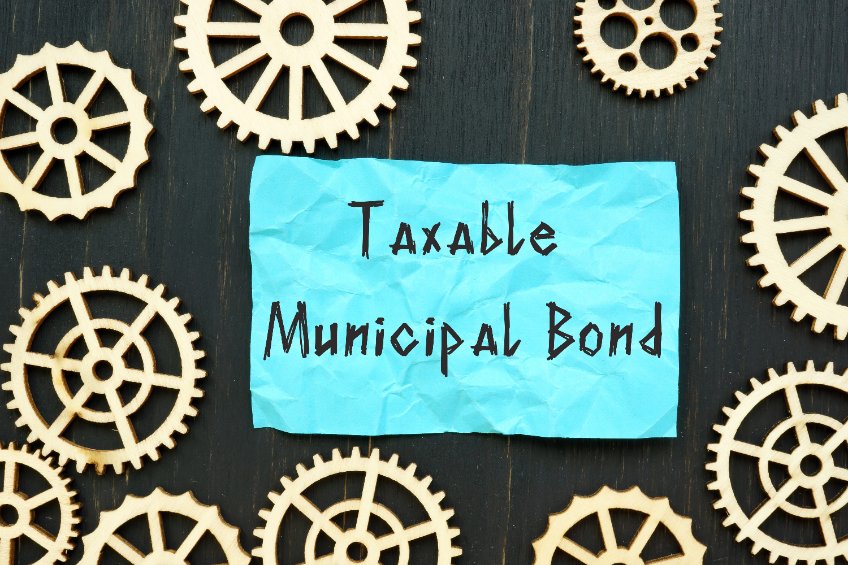DIH’s Municipal Bonds Data.
Overview: DIH provides municipal bonds data with descriptive data, quotes & trades, ratings & credit info, bond fund holdings, and analytics.
Coverage: We currently offer data for over 1.5 active bonds from over 50,000 issuers covering more than 99.7% of the USA market.
History: Our data includes history based on your portfolio.
Updates: We update our data at the end of the day.
Delivery: You can receive our data in bulk files via download, S3 to S3, or on-demand via API.
Pricing: Several inputs go into the pricing for our data. For example, do want data for all available instruments, or a subset? How much history do you want? Do you want updates going forward? Contact us to learn more.
Why Firms Choose DIH’s Data.
There are several reasons market participants rely upon our data:
- Quality – A team of data experts meticulously checks and reviews our data to ensure it is complete, timely, and accurate – reducing your operational risk.
- Coverage – We currently offer data for over 1.5 million active bonds from more than 50,000 issuers – that’s more than 99.7% of the USA muni bond market.
- Affordability & Flexible License Terms – We price our data to fit within your budget. Also, you may display and/or redistribute our data to your clients.

An Overview of Municipal Bonds Data.
Before we get into the details of how our data is created, a quick review of municipal bonds may be helpful.
WHAT ARE MUNICIPAL BONDS?
Part of the fixed income asset class, municipal bonds (aka “munis”) are debt obligations issued by government entities. When investors buy munis, they are loaning money to the issuer and in return will receive a set number of interest payments over a predetermined period of time. When the bond matures, the principal amount of the loan is paid back.
Although municipal bonds come in both taxable and tax-exempt formats, tax-exempt bonds tend to be in higher demand. They give most investors a way to preserve capital while earning tax-free income.
That is, the interest investors earn on tax-free municipal bonds is exempt from federal, and in most cases, state and local income taxes.
TYPES OF MUNICIPAL BONDS.
There are two types of municipal bonds:
- General Obligation Bonds – issued to raise immediate capital to cover expenses, and are supported by the taxing power of the issuer.
- Revenue Bonds – issued to fund infrastructure projects, and are supported by the income generated by those projects.
Both general obligation and revenue municipal bonds are tax-exempt.
RISKS OF MUNICIPAL BONDS.
Municipal bonds are considered low-risk investments compared to other investments because of the high likelihood that their issuers will repay their debts. However, they are not risk-free.
Government entities that issue such bonds can become unable to meet their financial obligations and miss interest payments or the payment of the principal at the maturity date. There are several types of risks associated with munis:
Market Risk
Most municipal bonds pay a fixed interest rate, but the underlying prices of bonds in the secondary market do fluctuate due to market conditions. The biggest factors that influence these prices are interest rates and expectations of what will happen to interest rates.
For example, if interest rates fall, newly issued bonds will pay a lower yield than existing bonds. So the older bonds become more desirable and their prices rise.
Note that if an investor buys a bond and holds it until maturity, there is no market risk because the investor will receive the principal in full at maturity.
Call Risk
Some municipal bonds allow the issuer to repay all or a portion of the bond before its maturity date. When this happens, the investor receives his/her capital back with a premium added in exchange for the early debt retirement. When a bond is called, the income stream ends early.
Ratings
One way investors can better understand the creditworthiness of an issuer is via ratings. Also, many municipal bonds are backed by insurance policies that guarantee repayment to investors should the issuer default.

Who Can Benefit from DIH’s Municipal Bonds Data?
Our data is invaluable to anyone who invests in municipal bonds directly or facilitates such investment by their clients. We see a wide range of market participants using our data, including:
- Brokerage Firms
- Asset Managers
- Fund Managers
- High Net Worth Individuals
- FinTech Companies (e.g. trading platforms, research companies, etc.)
How To Use Our Data.
Our clients utilize our data in various ways, in the front-, middle- and back-office, especially for:
- Research
- Risk Management
- Compliance
Flexible Updates & Data Delivery Methods.
Our data is available on an end-of-day basis.
You may customize our data to best suit your needs. For example, request data on all available instruments or provide a custom list.
We offer several ways to access our data:
Bulk File Download – For most of our clients, downloading our data in bulk files is most convenient. We deliver files in .CSV format via download or S3 to S3.
API – Some use cases are better suited for on-demand delivery of data via an API.
